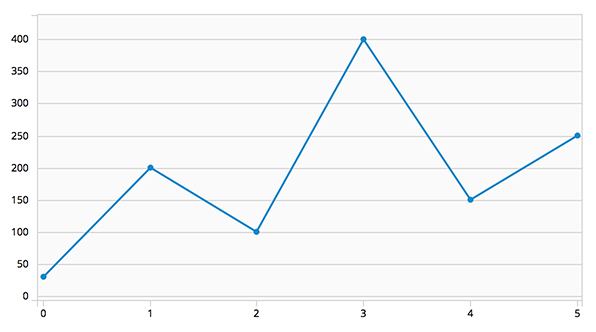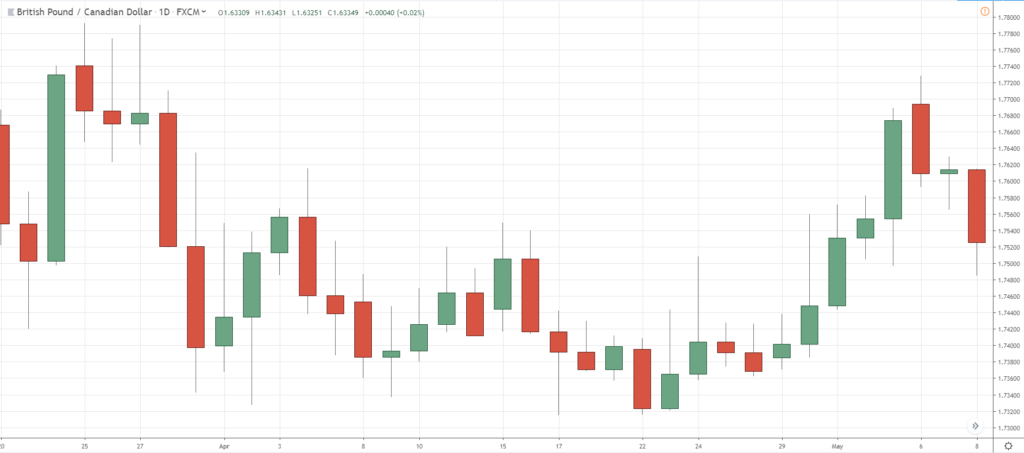Unlocking the Secrets: How to Read Stock Charts
Understanding how to read stock charts is a fundamental skill for successful investing. Stock charts provide valuable insights into price patterns, trends, and market sentiment. In this article, we will guide you through the process of interpreting stock charts, empowering you to make informed investment decisions.
1. Types of Stock Charts
- Line Charts:
A simple representation of the stock’s closing prices over a specific period. Useful for identifying long-term trends. - Bar Charts:
Provides additional information such as opening, high, low, and closing prices. Offers a more detailed view of price movements. - Candlestick Charts:
Combines bar chart elements with colored “candles” to represent price ranges. Ideal for spotting reversals and market sentiment.

Line Chart

Bar Chart

Candlestick Chart
2. Understanding Price and Volume
- Price Movements:
Analyze patterns such as uptrends, downtrends, and sideways consolidations. Identify support and resistance levels for potential entry and exit points. - Volume Analysis:
Volume indicates the number of shares traded. Higher volume often accompanies significant price moves, signaling increased buying or selling pressure.
3. Key Technical Indicators
- Moving Averages:
Smooth out price data to identify trends. Popular choices include the 50-day and 200-day moving averages. - Relative Strength Index (RSI):
Measures the stock’s overbought or oversold conditions, providing insights into potential reversals. - MACD (Moving Average Convergence Divergence):
Combines moving averages to identify changes in momentum and potential trend reversals.
4. Chart Patterns
- Support and Resistance:
Price levels at which the stock tends to find buying support or encounter selling pressure. - Head and Shoulders:
Indicates a potential trend reversal from bullish to bearish or vice versa. - Cup and Handle:
A bullish continuation pattern signaling a potential upward move. - Double Top/Bottom:
Suggests a potential trend reversal, with two consecutive peaks or troughs.
5. Timeframes and Trends:
- Short-Term vs. Long-Term:
Analyze charts in different timeframes to understand both short-term and long-term trends. - Trendlines:
Connect significant highs or lows to identify trend directions and potential breakout or breakdown points.
Ready to make your money work for you? Begin your share market investment journey and watch your wealth grow.
Mastering the art of reading stock charts requires practice and experience. By understanding the various chart types, technical indicators, and chart patterns, you can gain valuable insights into market trends, make informed investment decisions, and ultimately increase your chances of success in the stock market. Remember, combining chart analysis with fundamental research is key to a well-rounded investment strategy.
Disclaimer: Stock market investing involves risks. It is always advisable to consult with a financial advisor or conduct thorough research before making any investment decisions.
By Astrobulls Research Pvt Ltd.